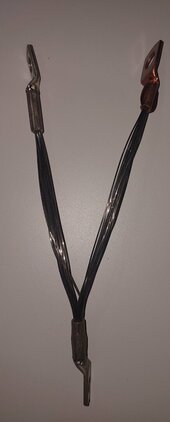hello guys (newb alert)
i bought some "grade a 105ah" lfp cells from aliexpress and want to do capacity verification / match before i assemble them into a pack .
The problem is , i never fully charged / tested large capacity cells .
I just hooked up one of the cells to my isdt charger , set the charge current to 15a and it seems that it wont stop the charge for very long time .
I don't know what is the cut off current for my charger , i guess its more suited for smaller batteries and probably waiting for the current to drop to 100ma or so .
As i understand , normally the cutoff current should be around 5% , so i should stop charging once the current drops below 5a , correct?
should i leave it "float charging" at this current for some time , or immediately stop ?
I never had issues with smaller capacity cells (8-16ah) , the charger would stop the charge automatically once it goes into cv mode and the current drops below certain value .
i bought some "grade a 105ah" lfp cells from aliexpress and want to do capacity verification / match before i assemble them into a pack .
The problem is , i never fully charged / tested large capacity cells .
I just hooked up one of the cells to my isdt charger , set the charge current to 15a and it seems that it wont stop the charge for very long time .
I don't know what is the cut off current for my charger , i guess its more suited for smaller batteries and probably waiting for the current to drop to 100ma or so .
As i understand , normally the cutoff current should be around 5% , so i should stop charging once the current drops below 5a , correct?
should i leave it "float charging" at this current for some time , or immediately stop ?
I never had issues with smaller capacity cells (8-16ah) , the charger would stop the charge automatically once it goes into cv mode and the current drops below certain value .




